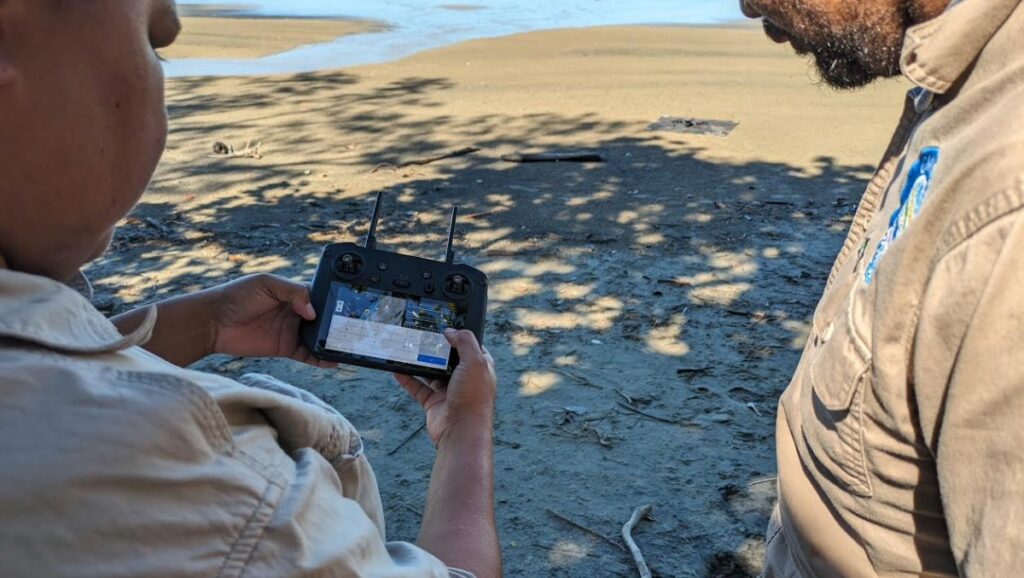CASA has participated in a policy workshop for First Nations drone projects in Far North Queensland.
The workshop on Yarrabah and Gimuy Country, the traditional lands of the Gunggandji and Yidinji people and Australia’s largest discrete Aboriginal community, brought together several participating agencies to view the work being done by the Gunggandji-Mandingalbay Yidinji Peoples Prescribed Body Corporate.
This content is available exclusively to Australian Aviation members.
A monthly membership is only $5.99 or save with our annual plans.
See benefits
- Australian Aviation quarterly print & digital magazines
- Access to In Focus reports every month on our website
MOST POPULAR
PRINT + DIGITAL
See benefits
- Unlimited access to all Australian Aviation digital content
- Access to the Australian Aviation app
- Australian Aviation quarterly print & digital magazines
- Access to In Focus reports every month on our website
- Access to our Behind the Lens photo galleries and other exclusive content
- Daily news updates via our email bulletin
DIGITAL
See benefits
- Unlimited access to all Australian Aviation digital content
- Access to the Australian Aviation app
- Australian Aviation quarterly print & digital magazines
- Access to In Focus reports every month on our website
- Access to our Behind the Lens photo galleries and other exclusive content
- Daily news updates via our email bulletin
According to CASA, the workshop featured “facilitated conversations, First Nations-led case studies, and drone policy design sessions, aiming to integrate modern technology with traditional knowledge and practices”.
“Their rangers are using drones to survey land and sea to protect the area’s cultural sites and resources such as sea cucumbers, dugong, and turtles, and map sea grass, sand erosion and shifting islands in the region,” said Jaclyn Smith, RPAS policy and regulation manager at CASA.
“The rangers also monitor crocodiles, keeping community aware and safe, and deliver ranger training and awareness programs for school groups.
“It was a privilege to be invited and welcomed on Country to participate in the discussions, not only on topics such as drone operations and the remote pilot licence, but broader themes such as cultural safety and training, data sovereignty, and accessibility.”
Other agencies including the National Indigenous Australians Agency (NIAA) and Department of Climate Change, Energy, the Environment and Water (DCCEEW) also participate in the First Nations Drone Policy Project and Directions Group, which was established by the Department of Infrastructure, Transport, Regional Development, Communications and the Arts.
“The Group connects with First Nations peoples, communities and organisations to explore the role drones can play in Closing the Gap targets, and to determine appropriate drone policies to support this,” said CASA.
According to the government’s First Nations Drone Policy Project website, there are two other case studies: the Minyerra Borrinyu (Buzz Wing) drone training program on Yorta Yorta country, and the Mimal-Wardekken Drone Uplift Program.
“Wiru Drones Solutions is providing training for five local Indigenous people enabling future potential opportunities in employment and/or in looking after Country. This is a combination of bespoke culturally appropriate training, facilitation and mentoring leading into to the remotely piloted aircraft operator’s certificate (ReOC) course,” the government says.
“Mimal and Wardekken Land Management are building on their Digital Women Ranger programs by implementing drone uplift project at four ranger stations, allowing greater capability and skills extension. The project will produce reflections and uplift planning that can be shared with other First Nations organisations.”
